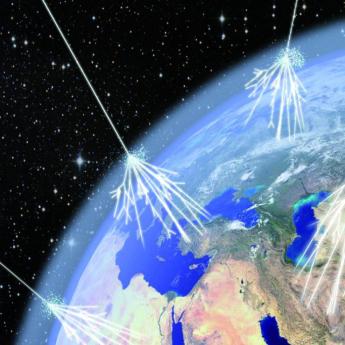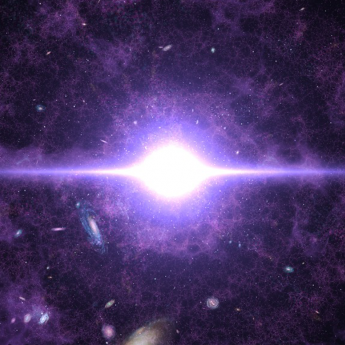Scientists explore the future of high-energy physics
Niobium-based superconducting devices could lead to smaller, more efficient linear colliders.
Steve Koppes
Scientists explore the future of high-energy physics
Niobium-based superconducting devices could lead to smaller, more efficient linear colliders.
Steve Koppes
Fourth-year student takes balloon art to a higher level
University-funded art project integrates light, science, and hundreds of balloons.
Susie Allen
Nambu receives Nobel medal, diploma
<p>By special arrangement, Swedish Ambassador Jonas Hafstrom comes to Chicago for ceremony.</p>
University of Chicago
Cosmic rays, explained
Trillions upon trillions of cosmic rays hit the Earth every day. What are they?
The first nuclear reactor, explained
The world’s first reactor was built underneath the stands of a University of Chicago stadium as part of the Manhattan Project—kicking off the Atomic Age.
Photo gallery: A look at the ‘Creative Machines’ course
<p>A look at the ‘Creative Machines’ course</p>
The Hubble constant, explained
One of the most important numbers in cosmology, the Hubble constant tells us how fast the universe is expanding, which in turn tells us the age of the universe and its history.
David D. Awschalom
Title: Liew Family Professor in Molecular Engineering; Vice Dean for Research and Infrastructure
Expertise: Nanoelectronics, Quantum technology
Departmental website: https://pme.uchicago.edu/faculty/david-awschalom




